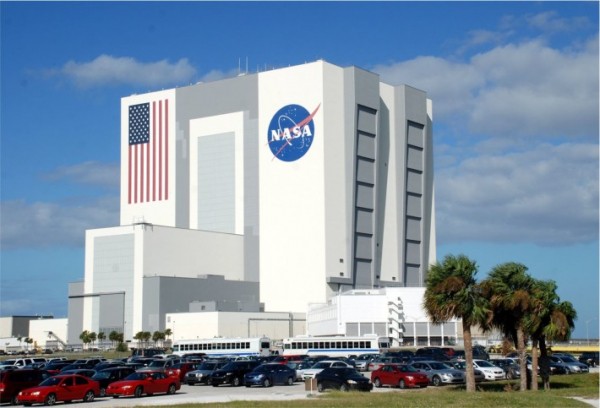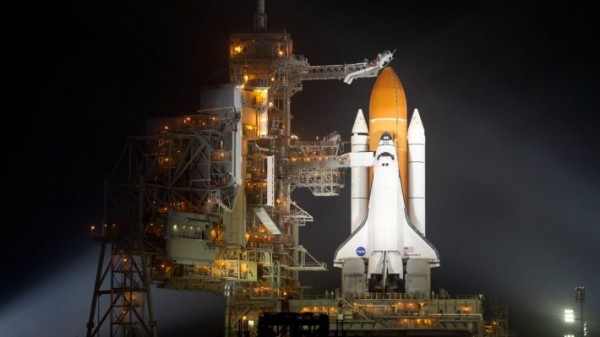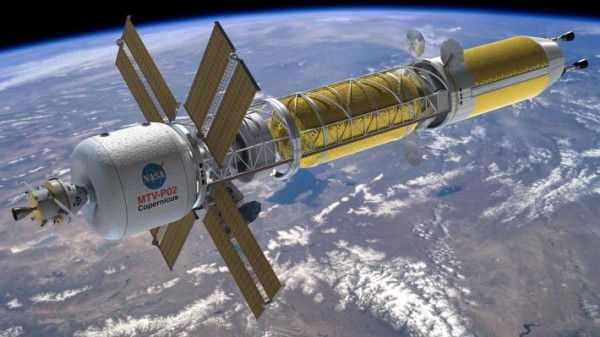The power project
Содержание:
About the POWER Project
NASA’s goal in Earth science is to observe, understand, and model the Earth system to discover how it is changing, to better predict change, and to understand the consequences for life on Earth. The Applied Sciences Program, within the Science Mission Directorate (which replaced both the Office of Earth Science and the Office of Space Science), serves NASA and Society by expanding and accelerating the realization of societal and economic benefits from Earth science, information, and technology research and development.
The Prediction Of Worldwide Energy Resources (POWER) project was initiated to improve upon the current renewable energy data set and to create new data sets from new satellite systems. The POWER project targets three user communities: (1) Renewable Energy, (2) Sustainable Buildings, and (3) Agroclimatology.
You are a part of our community!
About Us
The Prediction of Worldwide Energy Resources (POWER) project was initiated to improve upon the current SSE data set and to create new data sets from new satellite systems and forecast modeling data.
Acknowledgments
Use of POWER Data: When POWER data products are used in a publication, we request the following acknowledgment be included: «These data were obtained from the NASA Langley Research Center (LaRC) POWER Project funded through the NASA Earth Science/Applied Science Program.»
Reprints Please: The POWER Project kindly requests a reference, web link and/or a reprint of any published papers or reports or a brief description of other uses (e.g., posters, oral presentations, etc.) of data products that we have distributed. This will help us determine the use of data that we distribute, which is helpful in optimizing product development. It also helps us to assess our value to the community. Please contact us at POWER Project Team for additional information on sending reference material.
Redistribution of Data: To assist the POWER Project in providing the best service to the scientific community, we request notification if you transmit POWER data to other researchers.
Acknowledgement: The Prediction of Worldwide Energy Resources (POWER) Project is funded through the NASA Applied Sciences Program within the Earth Science Division of the Science Mission Directorate. The POWER team could not have completed this task without both technical and scientific inputs from the following Earth Science Division teams: The World Climate Research Programme (WCRP) Global Energy and Water Cycle Experiment’s (GEWEX) Surface Radiation Budget (NASA/GEWEX SRB) and the Clouds and the Earth’s Radiant Energy System (CERES) projects at NASA LaRC and the Global Modeling and Assimilation Office at the NASA Goddard Space Flight Center. The data obtained through the POWER (Prediction of Worldwide Energy Resources) web services was made possible with collaboration from the the NASA LaRC Sciences Data Center (ASDC).
Section 508 Rehabilitation Act Information: The Science Directorate at NASA Langley Research Center is dedicated to compliance with accessibility standards developed under Section 508 of the Rehabilitation Act. However, technical and financial limitations occasionally prevent some information or data from being presented in a manner that is readily accessible to persons with certain disabilities. If you have any difficulty viewing a Section 508 Rehabilitation Act Information web page with adaptive technology, please contact the NASA Official or Curator responsible for the web page. Either an alternative format of the web page or manual assistance obtaining the required information will be provided.
Интересные из наиболее важных фактов о НАСА (NASA)
- Штаб-квартира находится в Вашингтоне, округ Колумбия
- Когда НАСА официально начало свою деятельность 1 октября 1958 года, у него было четыре лаборатории и около 80 сотрудников.
- В настоящее время агентство имеет несколько баз для научно-исследовательского центра, испытательных комплексов, строительно-пусковых установок и станций сети глубокого космоса.
- Космические челноки разрабатываются и запускаются с космодрома Кеннеди, расположенного на мысе Канаверал, штат Флорида.

- Центр управления полетами шаттлов, а также операторы международных космических станций космического агентства находятся в Космическом центре имени Джонсона в Хьюстоне, штат Техас.
- Роботизированные миссии НАСА на любую комету или на любую из планет Солнечной системы, таких как Марс, создаются в Лаборатории реактивного движения в Пасадене, Калифорния.
- В 1961-1975 годах агентство осуществляло программу «Аполлон» по высадке людей на поверхность Луны. Космические полеты «Аполлона» успешно завершили шесть посадок на Луну.
- НАСА назвал свою первую космическую станцию Skylab. Это была единственная в своем роде станция, которую агентство запустило самостоятельно. Эта космическая станция находилась на орбите Земли почти 6 лет с 1973 по 1979 года. Целых три экипажа посетили космическую станцию в 1973 и 1974 годах.
- Эра космических шаттлов началась в НАСА в конце 1970-х годов. Космический челнок или космическая транспортная система (СТС) — это космический корабль, который может использоваться многократно.
- Columbia стала первым успешно построенным космическим челноком НАСА. Первая миссия Columbia была в апреле 1981 года. Columbia трагически завершила свою 28-ю миссию 1 февраля 2003 года. Космический челнок распался на части над Техасом, в результате чего погибло семь членов экипажа.

- Роботы — близнецы агентства Spirit и Opportunity успешно достигли поверхности Марса в 2004 году. Они провели обширный анализ горных пород на Красной планете.
- Еще одной успешной миссией на Марсе стала посадка роботизированного космического корабля «Феникс» 25 мая 2008 года. Феникс был отправлен на поиски возможности присутствия воды на планете.
- Одной из ключевых научных миссий НАСА является ремонт космического телескопа Хаббл. Эта программа буквально произвела революцию в астрономии.
- Помимо космических программ, она также осуществляет программы, связанные с гражданскими и военными аэрокосмическими исследованиями.
- NASA запустила IBEX (Interstellar Boundary Explorer) 19 октября 2009 года. Он отправился в области, которые еще не исследованы. Основной задачей IBEX будет картирование края нашей Солнечной системы.
- НАСА планирует космический проект по высадке людей на Марс к 2037 году.

Проекты, осуществляемые НАСА, являются дорогостоящими. Таким образом, каждый год организация получает колоссальную сумму в размере 19 млрд. долларов. Считается, что на ее программу освоения космоса выделяется самый высокий бюджет в мире.







